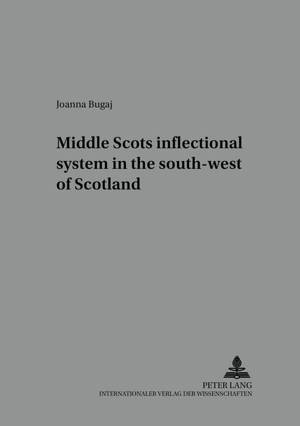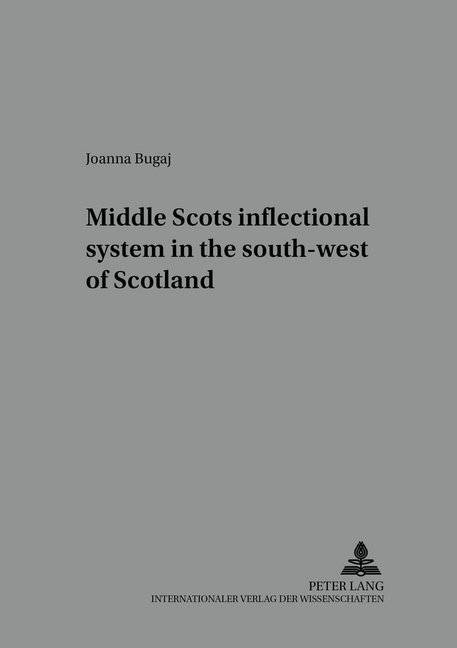
- Afhalen na 1 uur in een winkel met voorraad
- Gratis thuislevering in België vanaf € 30
- Ruim aanbod met 7 miljoen producten
- Afhalen na 1 uur in een winkel met voorraad
- Gratis thuislevering in België vanaf € 30
- Ruim aanbod met 7 miljoen producten
Zoeken
€ 58,95
+ 117 punten
Omschrijving
This book is the first comprehensive analysis of Middle Scots inflectional morphology of the south-western dialect. The study has been based on the Wigtown Burgh Court Book (1512-1534), the earliest extant text from Galloway. The initial folios of the same text served to create the Linguistic Profile of Wigtownshire in the Linguistic Atlas of Late Medieval English (LALME). The atlas's findings, however, need some major revisions in the treatment of inflections, as shown in the present work. To create a sufficient socio-historical background for the analysis, some space has also been devoted to the issue of standardisation in the history of Scots. The study aims as well at placing the south-western variety on the dialectal map of Middle Scots in the light of the region's history and language contact. Usually a strong position of Gaelic is postulated for this area and the south-western variety is hardly ever included in the Middle Scots dialectal continuum. The analysis of Gallovidian inflections shows, though, that in the official records no interference from Gaelic can be observed, which can be used as an argument in favour of diglossia in the sixteenth-century Galloway.
Specificaties
Betrokkenen
- Auteur(s):
- Uitgeverij:
Inhoud
- Aantal bladzijden:
- 190
- Taal:
- Engels
- Reeks:
- Reeksnummer:
- nr. 8
Eigenschappen
- Productcode (EAN):
- 9783631514399
- Verschijningsdatum:
- 17/12/2003
- Uitvoering:
- Paperback
- Formaat:
- Trade paperback (VS)
- Afmetingen:
- 148 mm x 210 mm
- Gewicht:
- 259 g

Alleen bij Standaard Boekhandel
+ 117 punten op je klantenkaart van Standaard Boekhandel
Beoordelingen
We publiceren alleen reviews die voldoen aan de voorwaarden voor reviews. Bekijk onze voorwaarden voor reviews.











